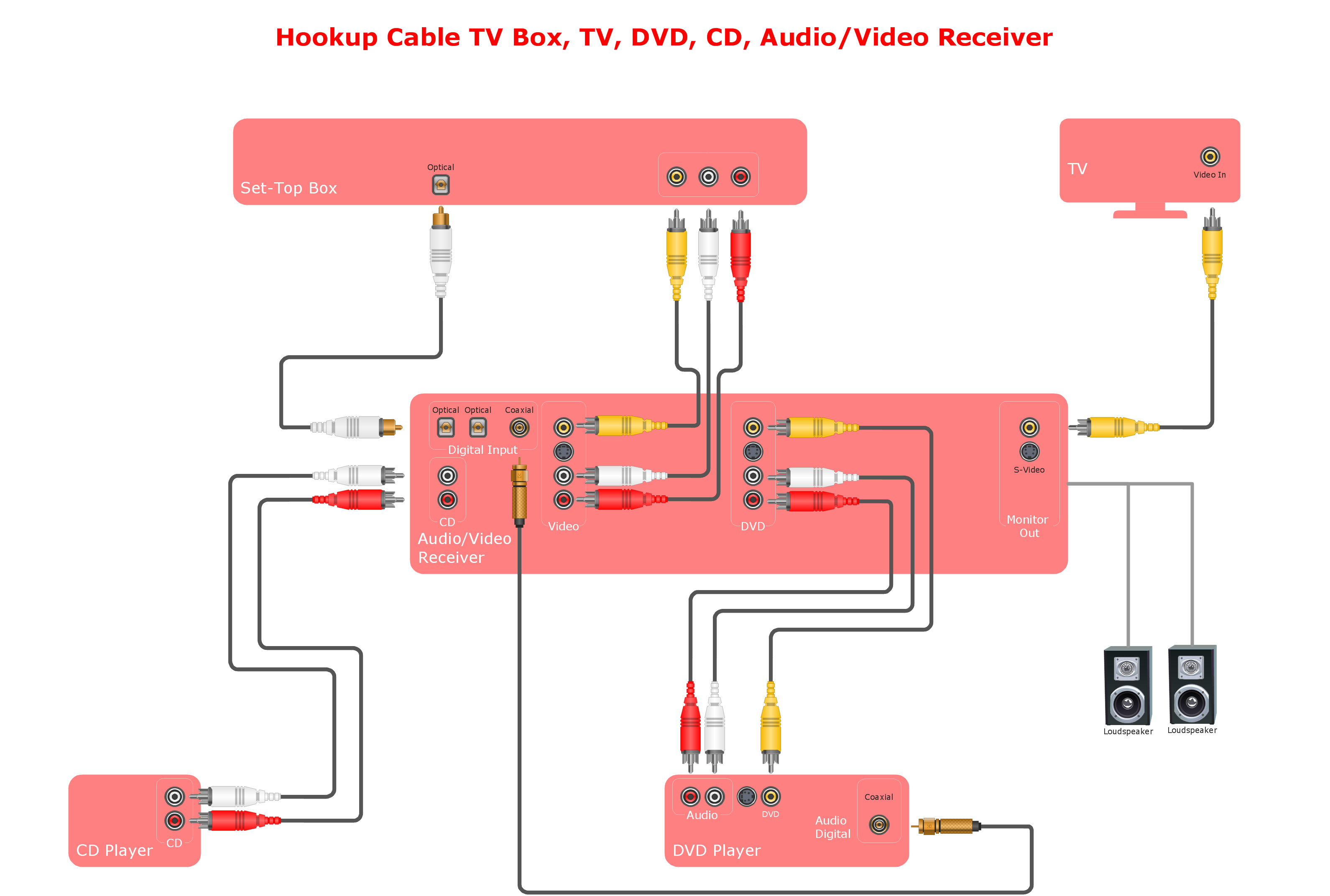Illuminating the Influence of Illumination Circumstances on Motion Identification Accuracy and Reliability
Illuminating the Influence of Illumination Circumstances on Motion Identification Accuracy and Reliability
Blog Article
Lighting conditions play a crucial impact in how well we can perceive movement. Motion detection is a critical aspect of various systems, such as surveillance cameras, automatic illumination systems, and even certain gaming applications. Comprehending the ways various illumination conditions influence our capacity to perceive motion can assist improve the design and effectiveness of these technologies. For example, inadequate lighting might lead to overlooked movements or false alarms, while optimal lighting can enhance the precision of motion detection technologies.
In bright lighting environments, movement detection is typically more reliable. As there is sufficient illumination, sensors and cameras can obtain sharper pictures, which helps in recognizing moving objects. Bright conditions allow for better distinction between the dynamic element and the background. This contrast is essential for both human observers and mechanical technologies, as it facilitates it simpler to differentiate between stationary and dynamic elements in a setting. Thus, ensuring that spaces are well-lit can greatly enhance the effectiveness of movement detection systems.
Conversely, dim conditions can pose difficulties for movement detection. In dim environments, shadows can obscure dynamic objects, which makes them hard to perceive. Additionally, the human eye faces challenges to perceive movement in low light, which can lead to try here misinterpretation of what is happening in the environment. Cameras might also encounter challenges, as many do not perform well in low light without the use of infrared capabilities or alternative improvements. These restrictions highlight the importance of sufficient illumination in environments where movement detection is essential.
Additionally, different types of continue reading this illumination can have varying impacts on motion detection. For instance, fluorescent lights can flash, which can confuse movement detection technologies that rely on steady illumination input. On the contrary, daylight provides a steady form of illumination that improves clarity. Understanding these differences in lighting types can assist users in choosing the most suitable illumination for specific applications, particularly in security and surveillance situations.
In conclusion, the relationship between illumination environments and movement detection precision is significant. By ensuring that environments are appropriately lit, we can enhance the dependability of movement detection technologies. This knowledge not only supports tech uses but also enhances security and safety in multiple environments. As further advancements are made in motion detection technology, considering lighting conditions will remain a crucial consideration in enhancing effectiveness and guaranteeing that these technologies function properly in various conditions.